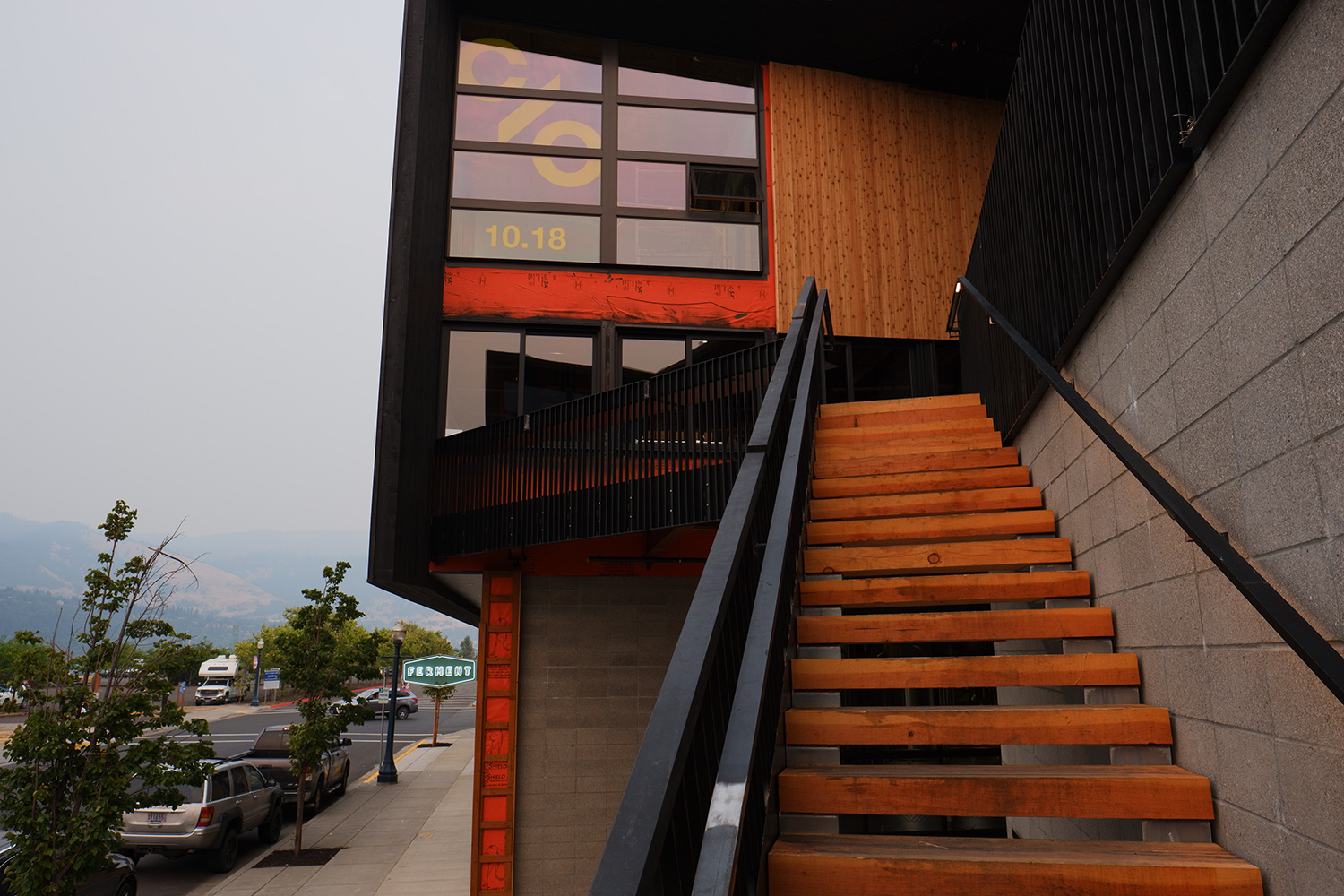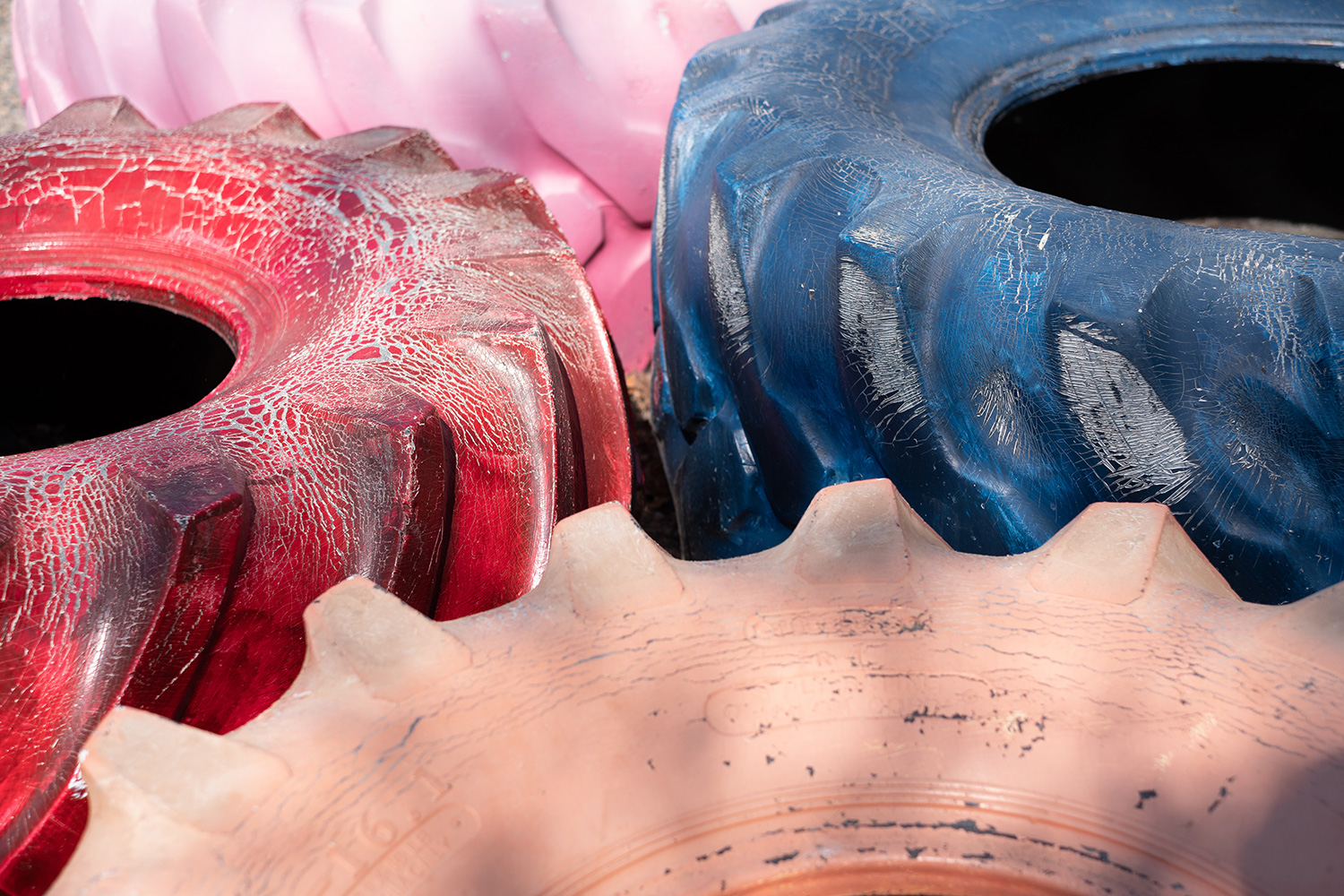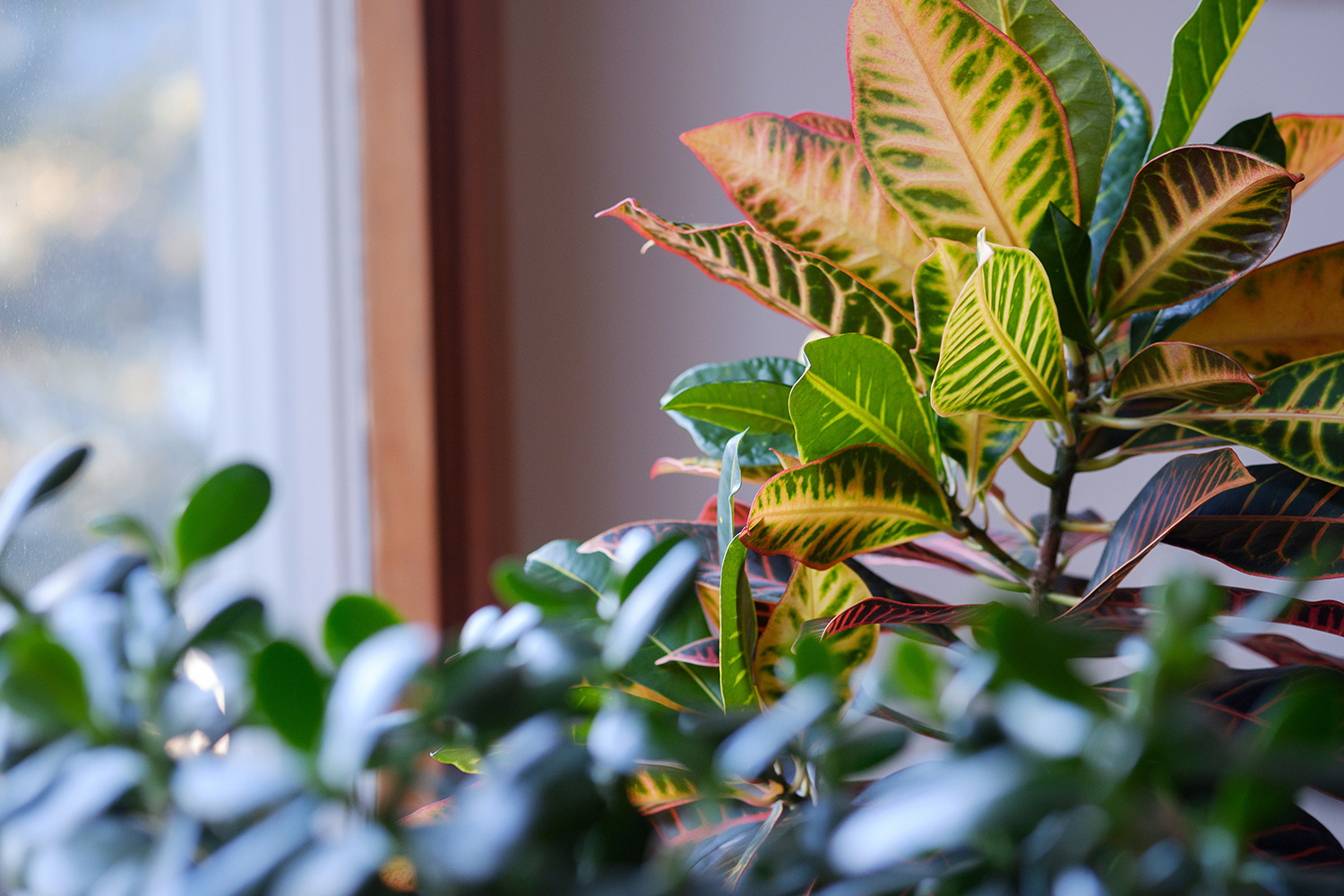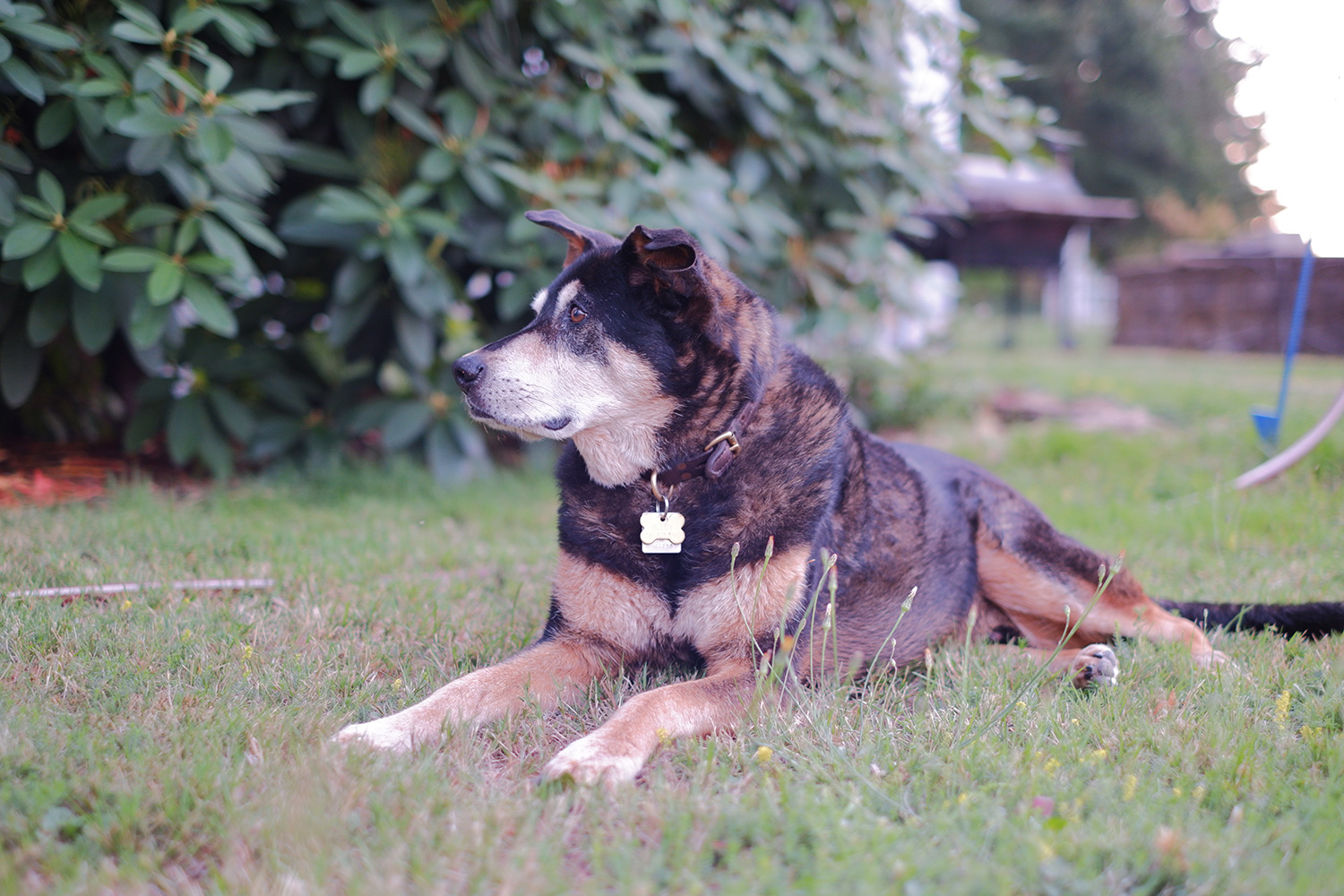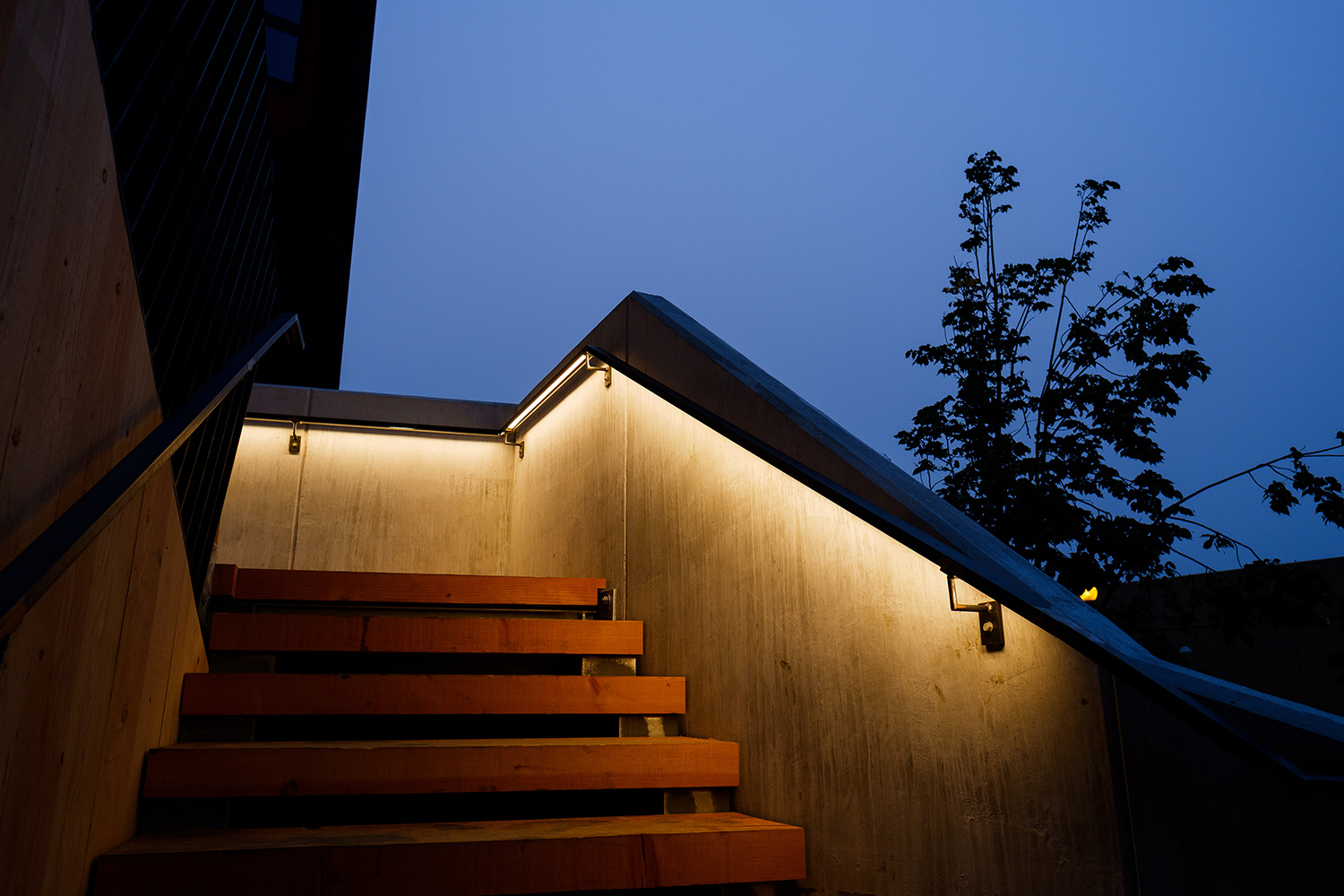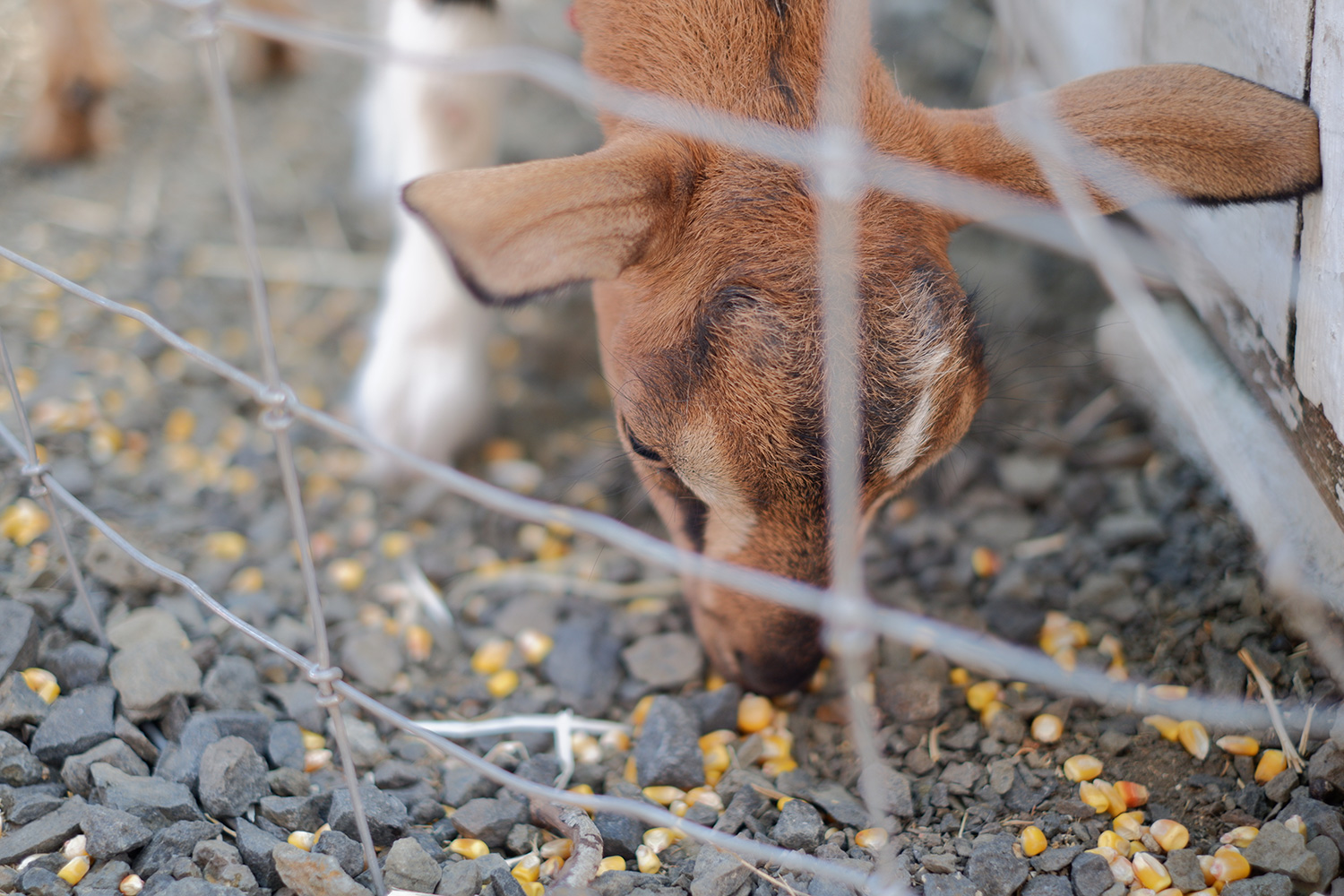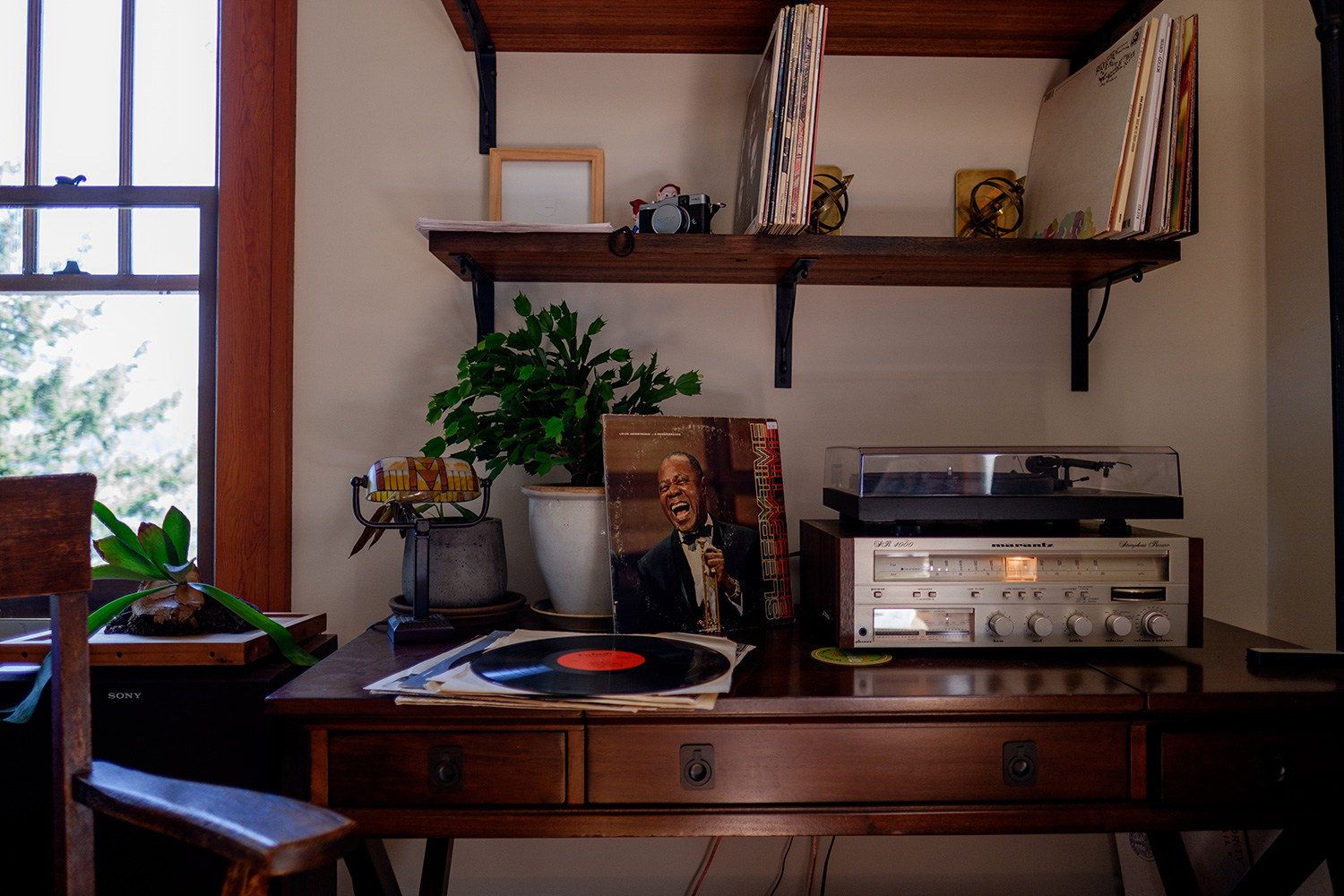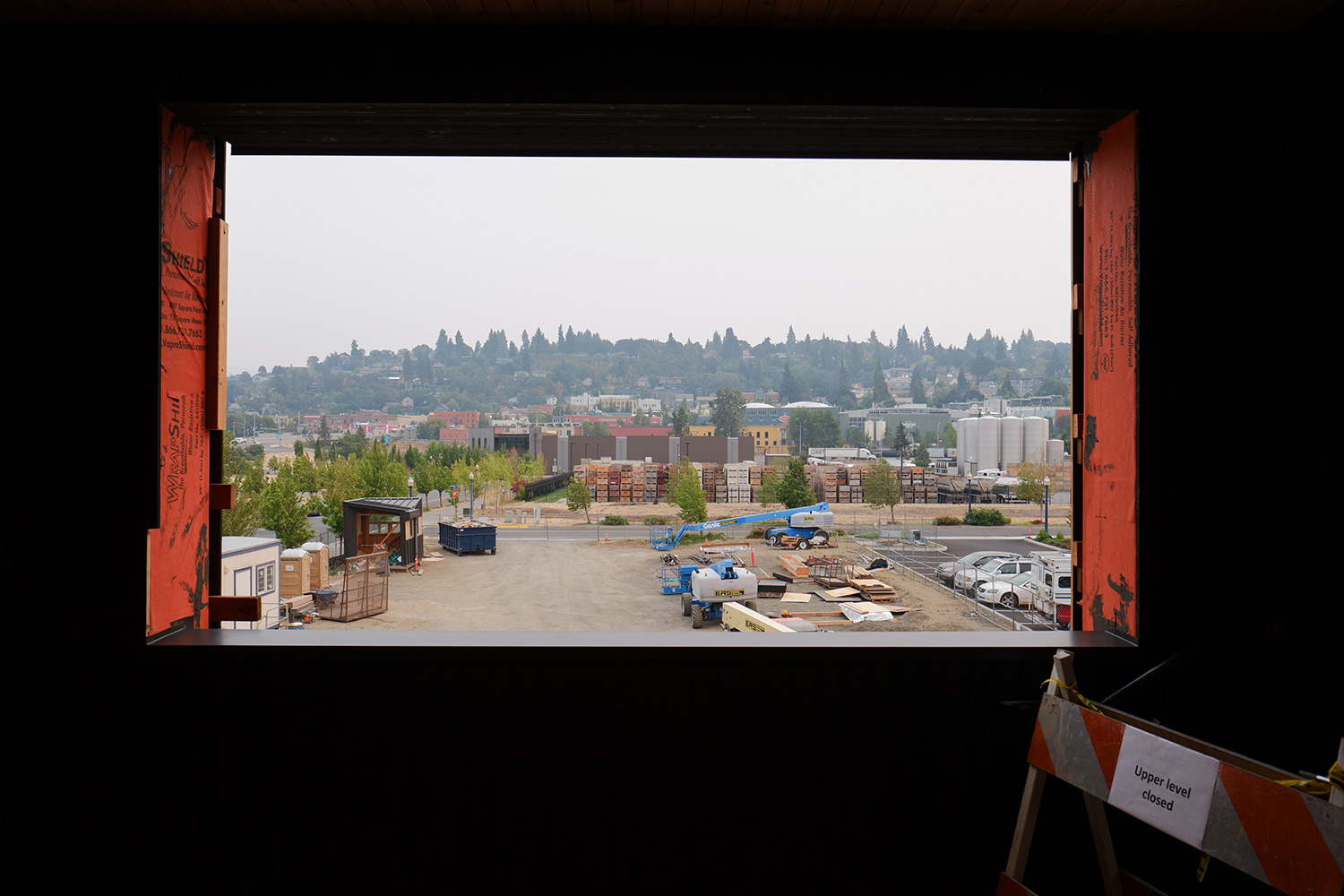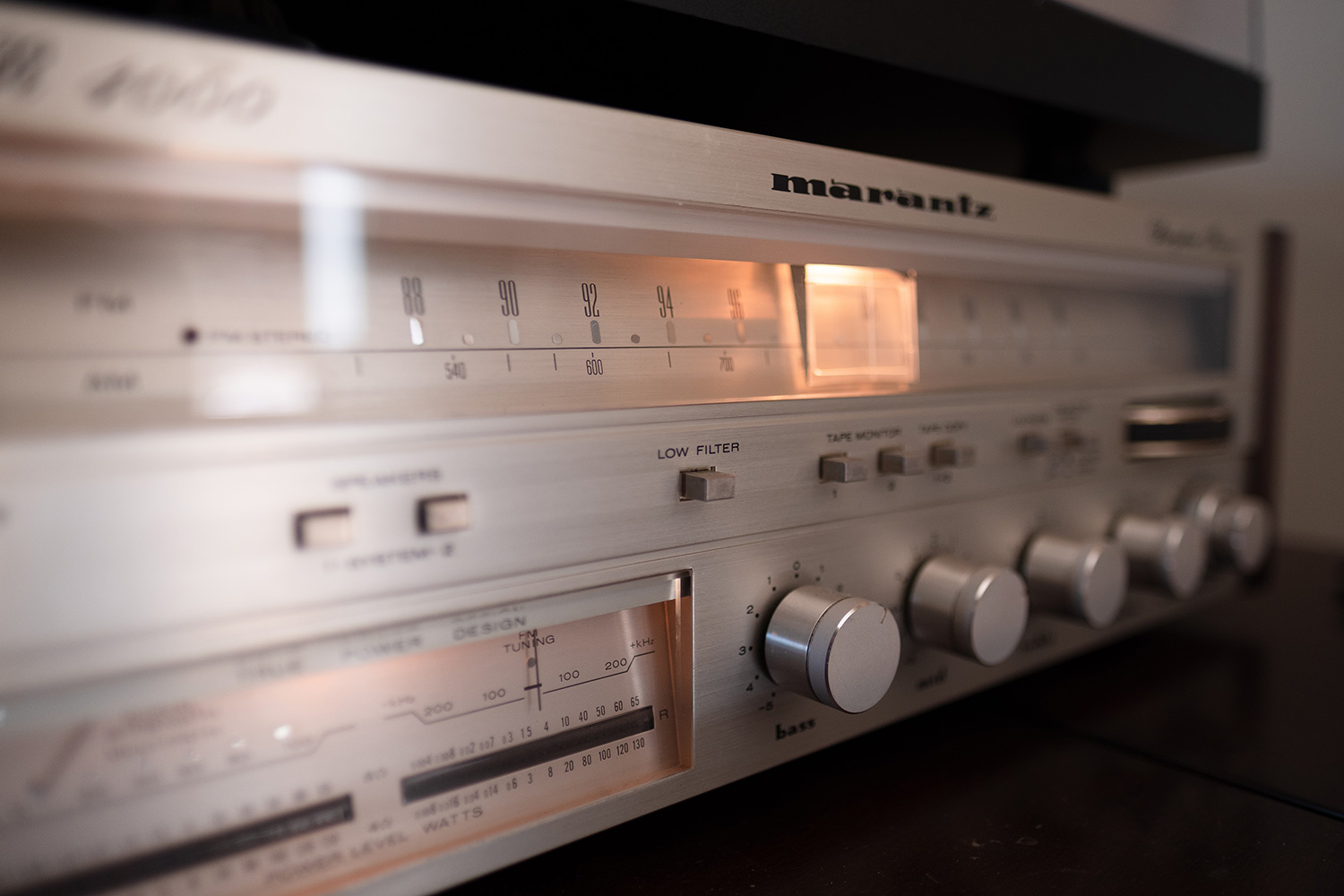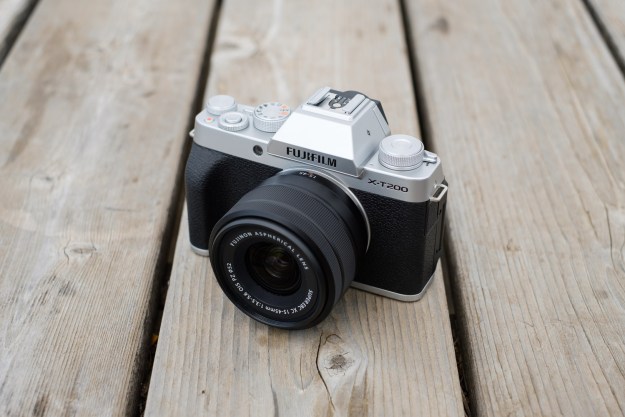
“Fujifilm’s low-cost X-T camera is both stunning and frustrating, but some will love it.”
- Fantastic design
- Articulating touchscreen
- Great image quality
- Good level of direct control
- Built-in electronic viewfinder
- Slow autofocus
- 4K video limited to 15 fps
- No in-body image stabilization
Fujifilm released the X-T1 in 2014. It was the company’s first DSLR-style mirrorless camera, complementing the rangefinder-style X-Pro1. Its center-mounted electronic viewfinder was one of the best in the business, and image quality was remarkable for the time thanks to its X-Trans sensor. It had plenty of style and produced gorgeous results, but it was also plagued by subpar autofocus performance and a video mode that felt tacked on at the last minute.
Two years later, the Fujifilm X-T2 would arrive to patch over all of the X-T1’s splitting seams and propel the X Series forward as a modern, competent camera system.
But the new X-T100 is a harsh reminder of the Fujifilm of the X-T1 days. It’s a brand new model in the X-T line, bringing the style and form factor — more or less — of the X-T2 and X-T20 to a lower price point. But in many ways, it puts style over substance, its meticulous design lacking the refined performance of those higher-end models. The X-T100 is geared toward the beginner end of the photographer spectrum, but subpar performance in key areas like autofocus speed means it may struggle to reach this demographic, where ease of use is paramount. It’s as if the lessons Fujifilm learned in the years after the X-T1 have been forgotten.
Still, what the X-T100 lacks in performance it makes up for with superb image quality and an attractive and durable design with engaging controls. It is a digital camera for the analog age and encourages a methodical, slower approach to photography. Likewise, it won’t appeal to everyone, but it may just be the prefect fit in the right hands.
Design
The X-T100 features the most streamlined exterior of any X-T camera yet. The lack of a grip gives the body an understated profile with very clean lines. However, as a grip serves an important function, Fujifilm has included a screw-on accessory grip in the box. It may just be a piece of plastic, but it is felted underneath so as to not scuff up the surface of the camera body. It’s held in place by a single screw that can be hand tightened, and it feels incredibly solid. While attaching it will mar the camera’s appearance somewhat, it makes for a much more secure handhold. We recommend putting it on.
The electronic viewfinder (EVF) is taken straight from the X-T20, one of our favorite Fujifilm cameras. It’s smaller than that of the X-T2, but its 2.36-million-dot resolution is excellent for this class. The LCD monitor can flip out to the side (180 degrees) for selfie shooting, in addition to tilting up and down — a unique feature not found on any other X-T camera. It’s also a touchscreen, although touch functionality is somewhat limited and can’t be used for navigating the menus.
While the camera is not weather sealed, the build quality itself is very good. The control dials all feature a reassuring amount of resistance with satisfying click points. Even the pop-up flash feels over-engineered. It springs into place in a millisecond and is nearly silent. When closed, the seam lines all but vanish into the rest of the viewfinder housing, and there’s absolutely no play in the hinges so you don’t get the cheap feeling or looks that often accompany a pop-up flash.
The X-T100 is a digital camera for the analog age and encourages a methodical, slower approach to photography.
The control layout looks similar to other X-T cameras, but is actually quite different. There’s a standard mode dial on the top right, which should make the camera more approachable to beginners than the dedicated ISO and shutter speed dials of the X-T2. It’s joined by a command dial that controls exposure compensation or shutter speed, depending on the exposure mode. Nestled behind it on the back panel is a second, vertically oriented command dial that controls aperture and can also be pressed down to magnify an image and check focus. On the top left is a unique function dial that scrolls through the various film simulations or scene and art modes, depending on what the main mode dial is set to.
In short, the design is pretty much everything we expect from a Fujifilm camera. It lacks some of the pro-oriented features of higher-end models, like a focus point joystick and multiple function buttons, but it easily stands out above other cameras in this class.
Performance and user experience
This is where the X-T100 starts to slip. Viewfinder blackout is noticeably longer than on higher-end models and startup time is about 2.5 seconds, or just over 2 seconds with High Performance mode engaged. This means you may miss the moment if you’re trying to catch something spontaneous.
Even if you do get the camera powered up in time, you may yet be let down by the autofocus speed, which is noticeably slower than the X-T20 and X-T2. Turning on High Performance mode is supposed to help, but we didn’t notice a difference in AF speed with it on.
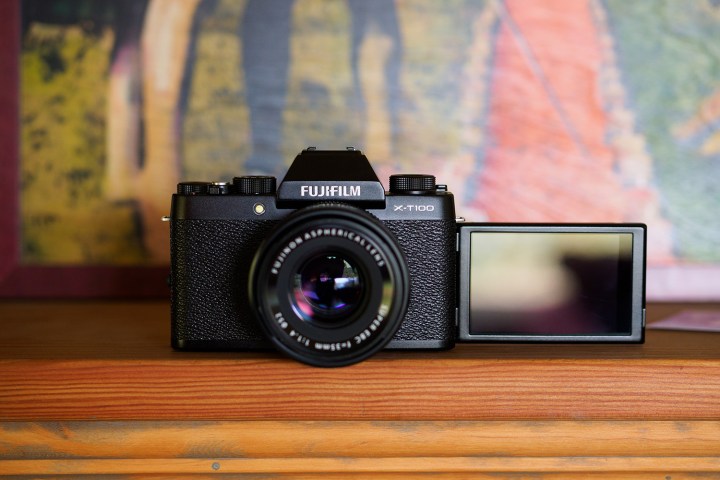
While single-shot autofocus is at least usable, continuous AF is, frankly, atrocious. The X-T100 features a 91-point AF system, with the 35 points closest to the center using phase detection. Phase detection should be better for continuous AF, but even with a stationary subject and using the center AF point, the focus hunts back and forth constantly, as if this were an older contrast-detection-only system. If you have a moving subject, well, you just have to hope to get lucky.
This is made worse by the very small image buffer. The camera can shoot at up to 6 frames per second, which certainly isn’t bad for this class, but if you shoot in RAW, it will struggle to make it through a full second of continuous shooting. Naturally, it fairs better with JPEGs, but it’s still not great. And when the buffer fills, shooting stops completely rather than just ramping down to a slower rate.
We recommend ignoring SR Auto entirely and simply sticking with program auto if you want an automatic exposure mode.
In what should be the most beginner-friendly exposure mode, Advanced SR Auto can be downright frustrating. It’s supposed to automatically recognize the scene and put the camera into the corresponding scene mode (think landscape, portrait, etc.). Sometimes, it accomplishes this; other times, it puts green boxes around random things it thinks are subjects and then ramps focus continuously to try to track them. It’s too advanced for its own good, because the X-T100 simply doesn’t have the processing power to make a mode like this work the way it’s intended.
We recommend ignoring SR Auto entirely and simply sticking with program auto if you want an automatic exposure mode. Here, you are at least allowed to set single-shot, single-point autofocus and can manually position the AF point, either using the touch screen or the four-way button cluster on the back. The camera is much happier in this setup — and you will be, too.
Another thing worth mentioning is the lack of in-body image stabilization, although we don’t really expect it on Fujifilm cameras (the flagship X-H1 is the only model that has it). As this feature has become quite popular in low-end cameras from other brands, it’s just one more thing that potential buyers will need to be aware of. Some Fujifilm lenses, including the 15-45mm kit lens that can be optioned with the X-T100, offer optical image stabilization — but our favorite lenses for the system are the primes, the vast majority of which are not stabilized.
The X-T100, then, is not really a great camera for casual beginners. Instead, it will appeal more to novice photographers who plan to grow into enthusiasts or professionals. If you’re new to photography but want to learn how to use manual exposure settings, however, this may be the camera for you. Unlike many cameras in this class, the X-T100 has separate dials for both shutter speed and aperture (many Fujifilm lenses also have aperture rings on them), so it’s a great little camera for anyone who wants more control but can’t afford a higher-end model.
There is one area of performance where the X-T100 has made gains, however, and that’s battery life. With a rating of 430 exposures, it outclasses both the X-T20 and X-T2, which use the same battery are rated for 350 and 340 shots per charge, respectively.
Image quality
Unlike the X-T20 and X-T2, the X-T100 does not use Fujifilm’s unique X-Trans color filter on its 24-megapixel APS-C sensor, instead incorporating a standard Bayer filter like the sensor in the X-A5. It also uses an optical low-pass filter, something X-Trans sensors don’t require (and something that many other brands have removed even from Bayer sensors as pixel density has increased). The low-pass filter blurs the image ever so slightly at the pixel level in order to reduce moiré, the rainbow-like false colors that can appear when photographing fine patterns.
The result of this is slightly less detail than what you’ll get with the X-T2 or X-T20, but the difference will be negligible for the average user. And, fortunately, all the other aspects of image quality we’ve come to expect from the X Series remain intact: High ISO performance is admirable, dynamic range is fantastic, and colors look great both in RAW images and JPEGs. In fact, while shooting RAW+JPEG for this review, we often found ourselves just selecting the JPEG file straight out of the camera as it was good enough, whereas using the RAW file would have required more postproduction work to get it to a usable point.
As on higher-end models, Fujifilm also gives you the option to curve down highlights or curve up shadows in JPEGs to preserve more detail in high-contrast scenes, which can also be very helpful. The expanded dynamic range mode can also help with this, although is unnecessary if you shoot in RAW. If you plan to shoot in JPEG only, we do recommend dialing back sharpening and noise reduction (which are quite aggressive by default) to get the most detailed, natural looking results.
Putting all of the film simulations on the function dial also gives users a direct way to try out different looks inspired by Fujifilm film stocks. Again, film simulations really only matter to JPEG images, but the results can be so good that even experienced shooters should give them a try. If you shoot RAW+JPEG, you may find — like we did — that the JPEGs will suffice most of the time, but you’ll still have the RAW if you need to do some serious editing.
Video
It may say “4K” on the box, but the X-T100 should not be thought of as a 4K video camera. At that resolution, it can only record at 15 frames per second — a slow, nonstandard framerate that looks more like stop motion animation than real-time video. Instead, we recommend sticking to Full HD resolution, where you can shoot all the way up to 60 fps (30 and 24 are also available).
The video quality leaves much to be desired.
Regardless, the video quality leaves much to be desired and is certainly not on par with the X-T20 and X-T2, let alone mirrorless cameras from other brands that put more emphasis on video, like Panasonic and Sony. Here, again, continuous autofocus performance causes problems, as well.
On the plus side, there is a microphone jack, but it’s a 2.5mm jack, rather than the standard 3.5mm, and serves double duty as the remote terminal. There is no headphone jack. In short, despite the flip-out screen, this really isn’t the camera for vlogging or any serious video work.
Warranty
Fujifilm offers a one-year warranty on all new digital cameras.
Our Take
It’s a pity that the X-T100 feels like a step backward from all the progress Fujifilm has made in recent years. It’s a stunning camera to look at and hold, and it does take some brilliant pictures when you get it right. We can understand Fujifilm’s desire to ensure there is a performance differential between this and the more expensive X-T20, but it is on entry-level cameras where things like reliable, fast autofocus are perhaps most important. Beginners want a camera that “just works,” especially in the foolproof automatic exposure mode, where the X-T100 just doesn’t.
As this camera may be some photographers’ introduction to the Fujifilm X Series, it would be a shame if they were turned away from the system due to these performance concerns.
All of that said, there is still a lot to love about the X-T100. The viewfinder is fantastic, the control layout is very functional, and the flip-out touchscreen works well and offers a level of convenience not found on the X-T20 or X-T2. Image quality is everything you could hope for at this level (although, video quality certainly is not) and it gives you access to Fujifilm’s excellent lenses, certainly our favorite APS-C specific lens lineup out there.
The X-T100 is a capable camera in the right hands, but we just don’t think it will have a broad appeal to people in the market for a $600 to $700 camera.
Is there a better alternative?
If you want a camera that just works and you don’t need a viewfinder or strong manual controls, the Olympus PEN E-PL9 is a good choice at the same price. Its Four Thirds sensor can’t quite match the image quality of the X-T100, but it is more compact and offers real 4K video. The Sony A6000 — still a contender after four years in service — is another good option, which is built around a similar 24MP APS-C sensor and also includes a viewfinder, albeit a much lower resolution one.
However, neither of those options is as stylish or fun to use as the Fujifilm. X Series cameras appeal to a certain type of photographer, and the X-T100 is no different. But if you’re really keen on setting up in the Fujifilm camp, we may recommend saving your pennies and jumping up to the X-T20, which will give you better performance across the board, from autofocus to video.
How long will it last?
A high point of the X-T100 is its build quality, so it should last you a while. Given Fujifilm’s positive history of supporting cameras through firmware updates, it may also improve with age. We would certainly love to see the autofocus algorithm reworked; Fujifilm has done it in the past on other cameras, so maybe we’ll see it here in the near future, as well.
Should you buy it?
If you’re the type of photographer who will appreciate what it offers without being distracted by its quirks and inconsistencies, then sure. Again, this is not the camera for everyone, but if you’ve been looking for an affordable entry point into the X Series and you simply can’t spring for the X-T20, then the X-T100 is not a bad place to start — just don’t let the camera try to choose a focus point on its own.
Editors' Recommendations
- Fujifilm’s most-hyped camera has just started shipping
- Fujifilm’s new Instax Pal camera is fun, but pricey
- Fujifilm’s GFX 50S II is the cheapest medium-format camera ever
- The best point-and-shoot cameras
- Fujifilm’s GFX100 now offers whopping 400MP images after software update





